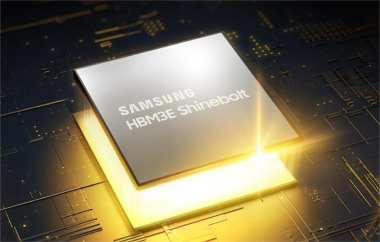
According to recent reports, Samsung Electronics is pushing hard to reclaim its leadership in high-bandwidth memory (HBM). After delays in its 12-layer HBM3E certification, Samsung has launched an aggressive 30% price cut to catch up with competitors. With HBM4 expected to debut in 2026, Samsung is likely to continue leveraging its pricing advantage, initially offering products about 6%–8% lower than rivals.
Samsung began shipping its 12-layer HBM3E to NVIDIA in Q4 2025. Despite projected shipments reaching tens of thousands of units, this rollout lagged behind its two main competitors. SK Hynix started mass production of 12-layer HBM3E in the second half of 2024, while Micron passed certification in early 2025, driving strong revenue and profit growth throughout the year.
Although Samsung now supplies 12-layer HBM3E to a U.S.-based GPU manufacturer, it struggled for months to meet NVIDIA's thermal and certification standards. After roughly 18 months of testing and revisions, Samsung finally cleared all certifications in the second half of 2025, becoming NVIDIA's third certified HBM3E supplier. However, SK Hynix and Micron had already secured their 2026 sales share, putting Samsung at a disadvantage. Samsung's thermal challenges also persist, with products running hotter than competitors and requiring integration with liquid-cooled AI servers.
HBM3E prices are expected to decline in 2026. Samsung has preemptively cut prices by about 30%, aiming to regain market share. Previous issues with 1b DRAM node yields and design flaws add pressure for Samsung to avoid setbacks in HBM4. The company is therefore moving directly to the more advanced 1c DRAM node for HBM4.
HBM4 certification results for Samsung are expected in November 2025. However, the shift to 1c DRAM raises concerns about potential yield instability. Micron recently announced the shipment of its 12-layer HBM4 samples, achieving bandwidth up to 2.8TB/s and speeds of 11Gbps—well above JEDEC's official 8Gbps specification. Samsung has shown similar HBM4 specs and plans shipments in Q1 2026. The company intends to regain market share through aggressive pricing, reportedly offering discounts slightly higher than competitors, though it has not yet received NVIDIA's formal approval for HBM4 supply.
Micron remains confident that its HBM market share will grow in 2026 compared to 2025, suggesting that early HBM4 competition is unlikely to significantly alter its position.




